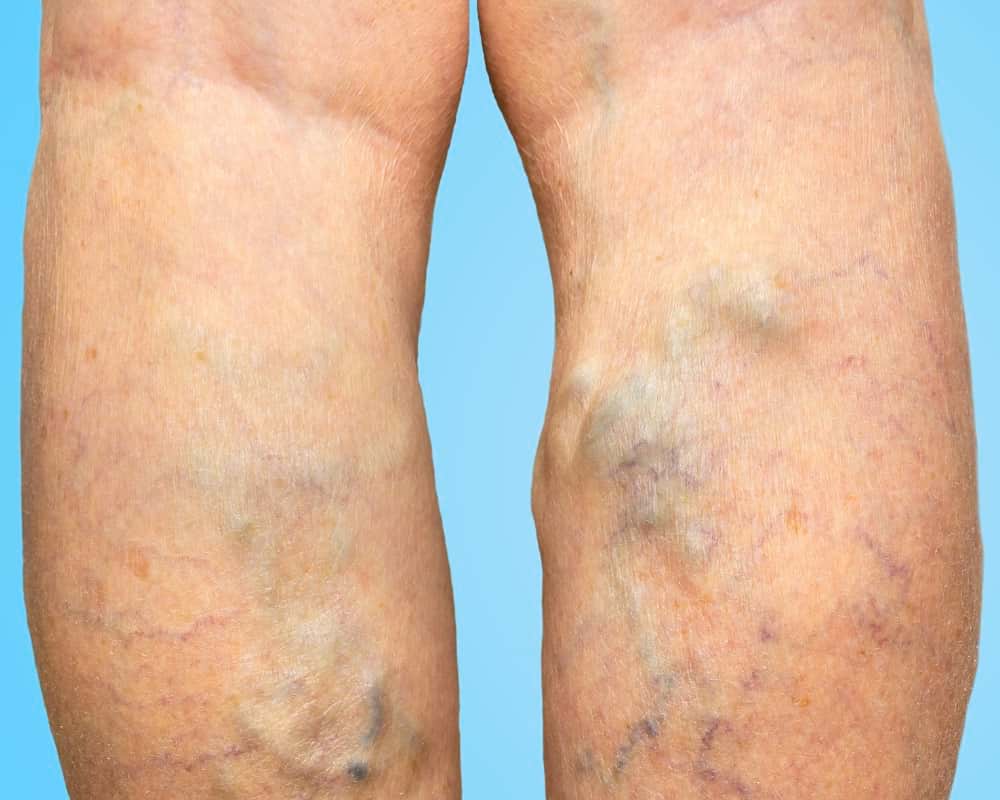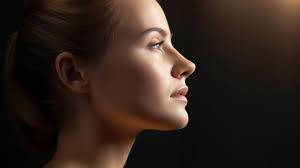introduction
Varicose veins are a common vascular condition that affects millions of people worldwide, especially adults over the age of 30. These swollen, twisted veins often appear on the legs and can cause discomfort, pain, and even serious health complications if left untreated. Understanding what varicose veins are, why they develop, their symptoms, and the most effective treatments is essential for maintaining good vein health and preventing further issues.
In this article, we’ll cover everything you need to know about varicose veins: what they are, why they happen, and how to treat them effectively with the latest medical options available today.
What Are Varicose Veins?
Varicose veins are enlarged, swollen, and twisted veins that are often blue or dark purple. They develop when the valves inside the veins become weak or damaged. Normally, these valves help blood flow smoothly back to the heart, but when they malfunction, blood starts pooling in the veins, causing them to stretch and bulge.
This condition commonly affects the legs and feet due to the increased pressure in the lower body when standing or walking for long periods.
Why Do Varicose Veins Happen?
The primary cause of varicose veins is faulty or weakened vein valves. But several risk factors can increase the likelihood of developing them:
-
Genetics: If your parents or grandparents had varicose veins, you’re at a higher risk.
-
Age: Aging causes wear and tear on the valves in your veins.
-
Gender: Women are more likely to develop varicose veins due to hormonal changes during pregnancy, menstruation, or menopause.
-
Obesity: Extra body weight puts more pressure on your veins.
-
Prolonged Standing or Sitting: Jobs that require long periods on your feet or sitting can reduce blood circulation.
-
Pregnancy: Increased blood volume and pressure on pelvic veins during pregnancy can contribute.
Common Symptoms of Varicose Veins
While some people experience no symptoms other than visible vein changes, others may notice:
-
Aching, heavy, or throbbing legs
-
Burning, muscle cramping, and swelling in the lower legs
-
Worsened pain after standing or sitting for long periods
-
Itching around one or more of your veins
-
Skin discoloration around the affected veins
In severe cases, varicose veins can lead to complications like ulcers, blood clots, or bleeding.
Are Varicose Veins Dangerous?
Most varicose veins are not life-threatening, but ignoring them can lead to serious complications like:
-
Chronic Venous Insufficiency (CVI): This condition affects your legs’ ability to pump blood back to your heart.
-
Blood Clots (Deep Vein Thrombosis – DVT): A serious condition where blood clots form in deep veins.
-
Skin Ulcers: Open sores on the skin near the varicose veins, usually near the ankles.
-
Bleeding: Varicose veins close to the surface of the skin can sometimes burst and cause bleeding.
That’s why it’s important to get them evaluated, especially if you’re experiencing discomfort or skin changes.
How to Prevent Varicose Veins
While you can’t always prevent varicose veins, especially if they run in your family, making simple lifestyle changes can help reduce your risk:
-
Exercise Regularly: Walking, swimming, and cycling improve blood circulation.
-
Maintain a Healthy Weight: Reducing body weight lowers vein pressure.
-
Elevate Your Legs: Try raising your legs above your heart several times a day.
-
Avoid Prolonged Sitting or Standing: Take breaks to move around.
-
Wear Compression Stockings: These help veins move blood more efficiently.
-
Healthy Diet: Eat foods rich in fiber and low in salt to prevent swelling.
Diagnosing Varicose Veins
If you notice signs of varicose veins, a vein specialist or vascular surgeon will typically:
-
Conduct a physical examination
-
Ask about your medical history and symptoms
-
Recommend an ultrasound scan to check blood flow and look for blood clots
At Flowcare, we use advanced, non-invasive diagnostic tools to assess your vein health quickly and accurately.
Treatment Options for Varicose Veins
Treatment depends on the severity of your varicose veins, your symptoms, and your overall health. Here are the most effective treatment options available at Flowcare:
1. Lifestyle Modifications
For mild cases, lifestyle changes like exercise, leg elevation, and wearing compression stockings can offer relief.
2. Compression Therapy
Specially designed compression stockings improve blood flow and reduce swelling and discomfort.
3. Sclerotherapy
A non-surgical procedure where a solution is injected into the vein, causing it to collapse and fade over time.
4. Laser Treatment (Endovenous Laser Therapy – EVLT)
A minimally invasive treatment that uses laser energy to close off affected veins.
5. Radiofrequency Ablation
This involves heating the vein walls using radiofrequency energy, causing them to collapse and seal shut.
6. Surgical Options (Vein Stripping and Ligation)
For severe cases, surgical removal of the vein may be necessary. This is usually an outpatient procedure.
7. Microphlebectomy
Small varicose veins close to the skin’s surface can be removed through tiny punctures.
At Flowcare, our expert vascular surgeons and specialists will recommend the most suitable option based on your condition.
Recovery After Varicose Vein Treatment
Most modern treatments are minimally invasive, requiring little to no downtime. After treatment, doctors typically recommend:
-
Wearing compression stockings
-
Walking daily to promote blood flow
-
Avoiding heavy lifting and intense exercise for a short period
-
Following post-treatment care instructions carefully
When Should You See a Doctor?
Consider consulting a vein specialist if:
-
Your veins become painful, swollen, or tender
-
You notice skin ulcers near your ankles
-
There’s sudden swelling in one leg
-
You develop unexplained leg pain
Early treatment can prevent complications and improve your quality of life.
Conclusion
Varicose veins are more than just a cosmetic concern. They can cause discomfort and lead to serious health issues if left untreated. The good news is, with the right diagnosis and treatment approach, they are highly manageable. At Flowcare, we offer state-of-the-art solutions for varicose veins: what they are, why they happen, and how to treat them effectively.
- Varicose Veins: What They Are, Why They Happen, and How to Treat Them
- Discover what varicose veins are, why they develop, common symptoms, prevention tips, and effective treatment options available at Flowcare.
- varicose veins, varicose veins treatment, causes of varicose veins, varicose veins symptoms, laser treatment for varicose veins, varicose veins specialist, vein clinic India, non-surgical varicose vein treatments, how to treat varicose veins, varicose veins Flowcare
Related posts:
 The Rise of the Probiotic Drink: A Wellness Staple for Gut and Liver Health
The Rise of the Probiotic Drink: A Wellness Staple for Gut and Liver Health
 Inside the Mind of Jack Allen: Crafting Military Thrillers That Grip You
Inside the Mind of Jack Allen: Crafting Military Thrillers That Grip You
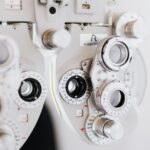 Eye Hospitals in Visakhapatnam: Advancing Vision Care in Coastal Andhra
Eye Hospitals in Visakhapatnam: Advancing Vision Care in Coastal Andhra
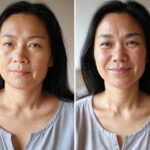 What Happens If I Stop Getting Anti-Wrinkle Treatments? – Learn
What Happens If I Stop Getting Anti-Wrinkle Treatments? – Learn
 Nature’s Wrap: Exploring the Biodegradable Packaging Revolution
Nature’s Wrap: Exploring the Biodegradable Packaging Revolution
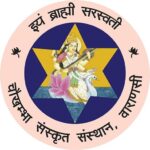 Ashtanga Hridayam Book : The Essence of Ayurveda with CSS Banaras
Ashtanga Hridayam Book : The Essence of Ayurveda with CSS Banaras
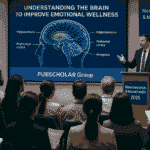 How the Neurology and Mental Health Conference 2025 Empowers Patients
How the Neurology and Mental Health Conference 2025 Empowers Patients
 Dentist in Largo Florida – Expert Care with a Personal Touch at Blue Dental Largo
Dentist in Largo Florida – Expert Care with a Personal Touch at Blue Dental Largo




